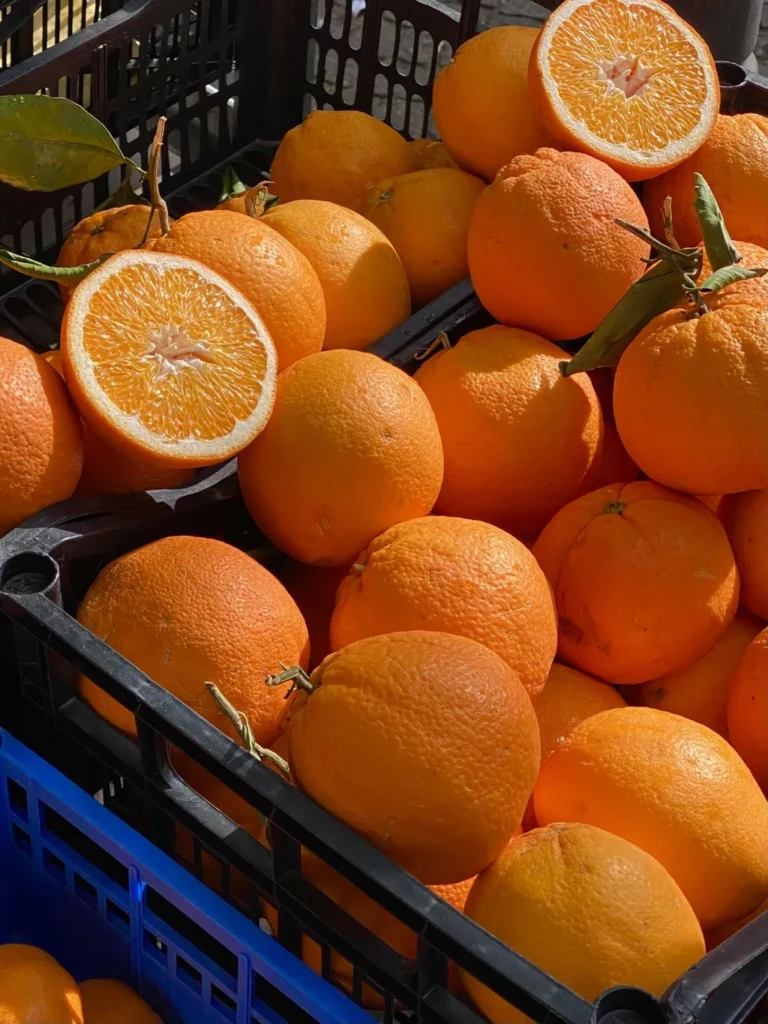In the sun-drenched orange groves of Sicily, a team of researchers led by Dr. Luca Peruzzo from the University of Padova’s Department of Geosciences is revolutionizing how we understand and manage water usage in agriculture. Their work, published in the journal *SOIL* (which translates to *Soil* in English), is not just about oranges; it’s about a future where precision agriculture meets cutting-edge geophysics to create more sustainable and efficient farming practices.
Precision agriculture has long been focused on what’s above ground—drones, satellites, and sensors tracking everything from crop health to weather patterns. But what about below the surface? That’s where Dr. Peruzzo and his team are making waves. They’re using high-resolution frequency-domain electromagnetic (FDEM) mapping to peek beneath the soil, providing a detailed, spatial understanding of the subsurface that has been largely overlooked until now.
“While aboveground precision agriculture technologies provide spatial and temporal datasets that are ever increasing in terms of density and precision, belowground information lags behind and has been typically limited to time series,” Dr. Peruzzo explains. This gap in knowledge is a significant hurdle for farmers and agronomists who need a comprehensive understanding of their fields to make informed decisions.
The team’s study focuses on an orange orchard in Sicily, a region known for its rich agricultural heritage. By employing FDEM mapping, they’ve been able to create a detailed subsurface map that accounts for the complex interplay of root water uptake, irrigation, evapotranspiration, and the dynamics between rows and interrows of the orchard. This detailed spatial information is then integrated into a surface/subsurface hydrological model, which also incorporates data from soil moisture sensors and micro-meteorological sensors.
The results are impressive. The hydrological model accurately reproduces the observed spatiotemporal water dynamics, with parameters that align with soil laboratory analysis and other geophysical datasets like gamma-ray and electrical resistivity tomography. This level of precision is a game-changer for the agricultural sector, particularly in water management.
So, what does this mean for the future of agriculture and the energy sector? For one, it paves the way for more efficient water usage. By understanding the subsurface dynamics, farmers can optimize irrigation strategies, reducing water waste and conserving this precious resource. This is particularly relevant in regions facing water scarcity, where every drop counts.
Moreover, the integration of geophysical methods like FDEM mapping into precision agriculture tools can lead to better predictive capabilities. Farmers can anticipate issues before they arise, whether it’s water stress, nutrient deficiencies, or disease outbreaks. This proactive approach can save time, money, and resources, ultimately boosting productivity and sustainability.
Dr. Peruzzo’s work also highlights the importance of interdisciplinary collaboration. By bringing together experts from geophysics, hydrology, and agriculture, the team has created a model that is more than the sum of its parts. This holistic approach is crucial for addressing the complex challenges facing modern agriculture.
As we look to the future, the integration of subsurface mapping into precision agriculture tools is set to become increasingly important. With climate change bringing unpredictable weather patterns and water scarcity becoming a global issue, the need for detailed, accurate, and actionable data has never been greater. Dr. Peruzzo’s work is a significant step in this direction, offering a glimpse into a future where technology and agriculture come together to create a more sustainable and efficient food system.
In the words of Dr. Peruzzo, “The implementation of a hydrological model positively aligns with the increasing number and variety of methods in precision agriculture, as well as with the need for better predictive capability.” This is not just about growing oranges; it’s about growing a future where technology and agriculture work hand in hand to feed the world sustainably.

